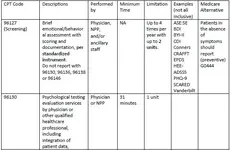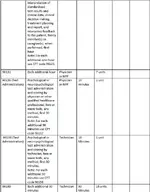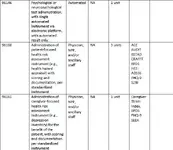2023 E/M
Code changes for Home and Residence Services.
“Home” may be defined as a private residence, temporary lodging, or short-term accommodation.
E&M category Domiciliary, Rest Home (alternatively, Boarding Home), or Custodial Care Services and the E&M category Domiciliary, Rest Home (alternatively, Assisted Living Facility), or Home Care Plan Oversight Services are deleted for 2023. The parenthetical notes direct the provider or coder to report these services elsewhere:
Also used to report services when the residence is in an assisted living facility, a group home that is not licensed as an intermediate care facility for individuals with intellectual disabilities, a custodial care facility, or a residential substance abuse treatment facility.
- For the E&M category Domiciliary, Rest Home (Boarding Home), or Custodial Care Services, in 2023, these services should be reported using the home or resident services E&M codes for New or Established Patients.
- For the E&M category Domiciliary, Rest Home (Assisted Living Facility), or Home Care Plan Oversight Services, in 2023, these services should be reported using the care management services codes or principal care management codes.
Parenthetical notes also state that travel time should not be counted towards total time when time is used for selecting the level of service.
Home Services are divided into two subcategories – New Patient and Established Patient – with the subcategories currently divided into four or five levels of service. For 2023, the category title is revised to Home or Residence Services and the New Patient subcategory levels of service will have four levels of services, with E&M code 99344 deleted (for 2023, both categories will have four levels of service).
There are some key 2023 CPT® Evaluation and Management (E&M) Code changes for Home and Residence Services. EDITOR’S NOTE: The American Medical

icd10monitor.medlearn.com

 www.icd10monitor.com
www.icd10monitor.com























